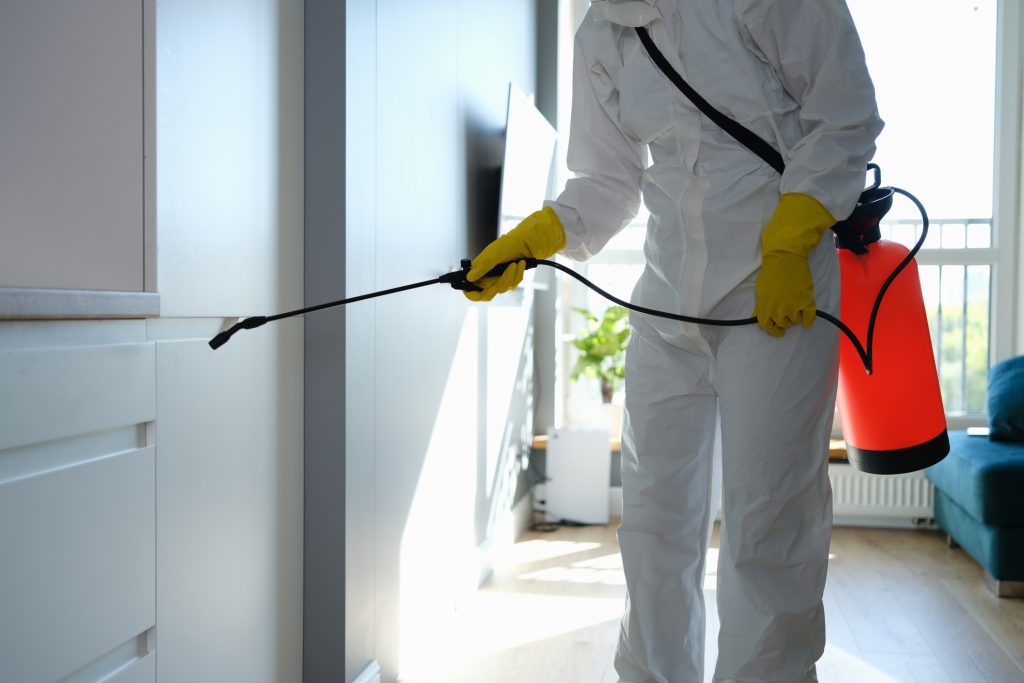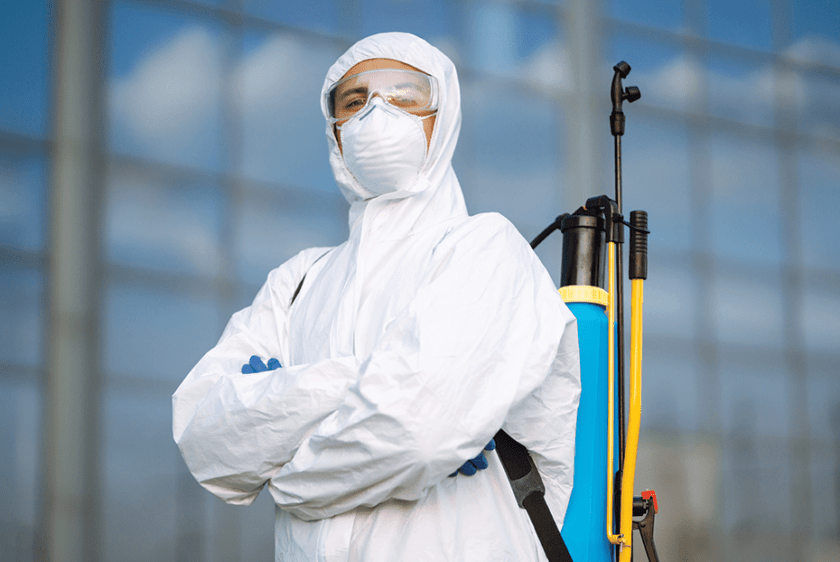Pest Control services to safeguard your property from harmful insects.
Eco-Friendly Pest Control Approaches for Taking Care Of Wildlife in Urban Areas
Urban areas usually locate themselves at the intersection of human activity and wildlife, leading to distinct obstacles in pest monitoring. These approaches not just shield the setting yet also enhance area involvement in wildlife monitoring. As metropolitan populations proceed to expand, comprehending the characteristics of wild animals communications comes to be significantly critical.
Comprehending Urban Wild Animals Dynamics
Recognizing Urban Wildlife Dynamics is important for establishing efficient and environmentally friendly insect control techniques. Urban locations are increasingly ending up being habitats for different wild animals types, driven by elements such as environment fragmentation, food accessibility, and human infringement. Identifying these dynamics permits a nuanced technique to pest monitoring that straightens with eco-friendly concepts.
Urban wildlife usually includes varieties such as raccoons, squirrels, and birds, which adjust to city atmospheres, finding niches in eco-friendly spaces, parks, and even residential locations. Their existence can lead to problems with people, especially when they manipulate personnels for food and shelter. Comprehending the behaviors and eco-friendly duties of these species educates techniques that decrease negative interactions while advertising biodiversity.
Moreover, recognizing the interdependencies within metropolitan environments helps in identifying vital areas for habitat preservation and restoration. This knowledge adds to the development of integrated bug management (IPM) techniques that take into consideration the environmental equilibrium, thereby decreasing reliance on dangerous chemicals. By cultivating coexistence in between human beings and city wildlife, cities can create much healthier atmospheres that profit both homeowners and regional environments, paving the way for lasting city living.
All-natural Repellents and Deterrents
All-natural repellents and deterrents offer a sustainable choice to traditional parasite control approaches by harnessing the power of nature to maintain undesirable species at bay. These eco-friendly remedies usually use plant-based active ingredients, essential oils, and various other naturally happening substances that deter bugs without harming the setting.
One effective natural repellent is peppermint oil, which is understood to ward off rodents and bugs. Its strong scent is undesirable to numerous bugs, making it a prominent choice for metropolitan settings. Similarly, vinegar and citrus peels can work as deterrents, as their strong odors are normally unattractive to different wildlife.
In addition, diatomaceous earth is a natural powder that can be spread out in areas susceptible to parasite activity, successfully drying out and discouraging bugs without posing threats to non-target species. Moreover, garlic sprays and neem oil are acknowledged for their capability to drive away a large range of bugs, consisting of both insects and larger wildlife.
Executing these all-natural repellents not only decreases reliance on chemical pesticides yet also promotes a healthier urban environment, cultivating a more well balanced conjunction between people and wild animals. By making use of these strategies, metropolitan areas can effectively manage insect populaces while minimizing ecological influence.
Habitat Adjustment Strategies
Reliable habitat adjustment methods play a vital duty in sustainable parasite administration by changing the environment to make it less for pest infestations. By comprehending the environmental dynamics of urban areas, residential property proprietors can carry out critical modifications that hinder pests while advertising biodiversity.
(Termite treatment Port Charlotte)One key strategy involves keeping proper hygiene. This includes normal waste elimination, securing garbage can, and eliminating standing water to minimize breeding sites for pests and rodents. In addition, landscaping techniques such as selecting native plants can enhance environmental balance, offering habitats for helpful organisms while minimizing sources for pests.
An additional important technique is to secure access factors in buildings. Inspecting and fixing fractures in structures, wall surfaces, and home windows can significantly decrease parasite access. Developing physical barriers, such as fences or plant barriers, can prevent wildlife movement right into human-inhabited locations.
Integrated Pest Monitoring Practices
Building upon habitat modification strategies, integrated bug administration (IPM) methods offer a holistic strategy to regulating pest populaces while minimizing environmental influence. IPM integrates different approaches, consisting of biological, social, mechanical, and chemical controls, to accomplish reliable pest management.
Organic control includes the introduction of all-natural predators or bloodsuckers to minimize pest populations. Social methods, such as plant turning and cleanliness, interrupt pest life process and diminish their habitats - Pest control service. Mechanical controls, like traps and barriers, supply immediate remedy for bug stress without chemical intervention
Chemical controls are made use of as a last option, concentrating on targeted applications that limit injury to non-target varieties and the atmosphere. The choice of eco-friendly pesticides, when required, is essential to the IPM framework. Furthermore, keeping an eye on insect populaces and evaluating potential damages helps educate decision-making, guaranteeing that interventions are timely and efficient.
Area Involvement and Education

(Bed Bug Exterminator)Workshops and educational sessions can gear up homeowners with expertise concerning indigenous species, habitat preservation, and reliable non-toxic pest monitoring techniques. Collaboration with schools, local companies, and government agencies better improves instructional outreach, ensuring that essential info reaches diverse target markets.
Furthermore, community-led initiatives, such as neighborhood clean-up days and environment restoration tasks, not only promote biodiversity but likewise enhance community connections. Pest control service. By motivating locals to share their experiences and observations, neighborhoods can develop targeted techniques that attend to particular local bug concerns
Incorporating responses from citizens right into parasite management intends enables a much more receptive and flexible strategy to wildlife difficulties. Eventually, educated and involved areas are key to accomplishing lasting success in eco-friendly insect control, leading to healthier city settings that respect both human and ecological requirements.

Conclusion
Finally, eco-friendly parasite control approaches deal sustainable services for managing urban wildlife. By focusing on More Info habitat modification, making use of natural repellents, and carrying out integrated parasite management practices, neighborhoods can cultivate a harmonious conjunction with regional animals. Additionally, engaging residents through education improves awareness and encourages liable wild animals communications. Inevitably, these strategies not only shield biodiversity but additionally advertise ecological health, making sure metropolitan locations continue to be lively environments where human beings and wild animals flourish with each other.